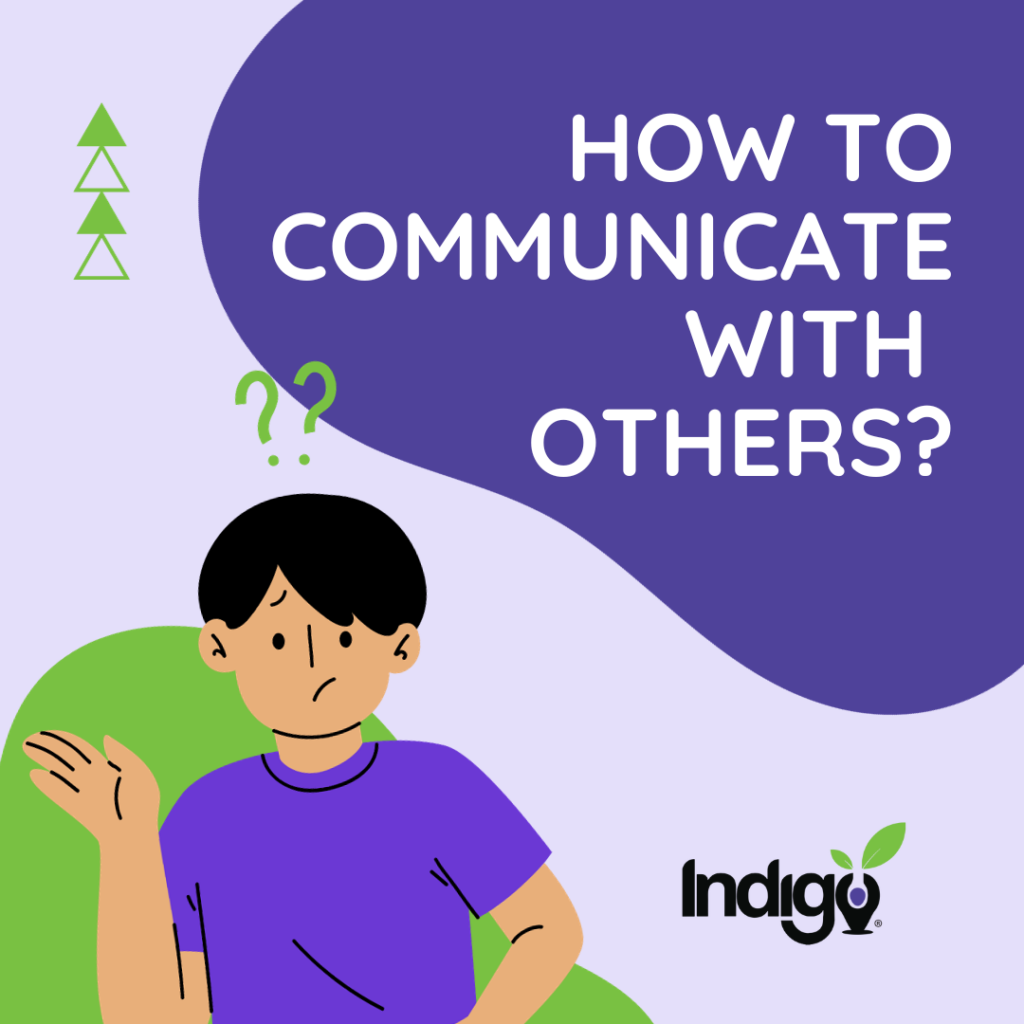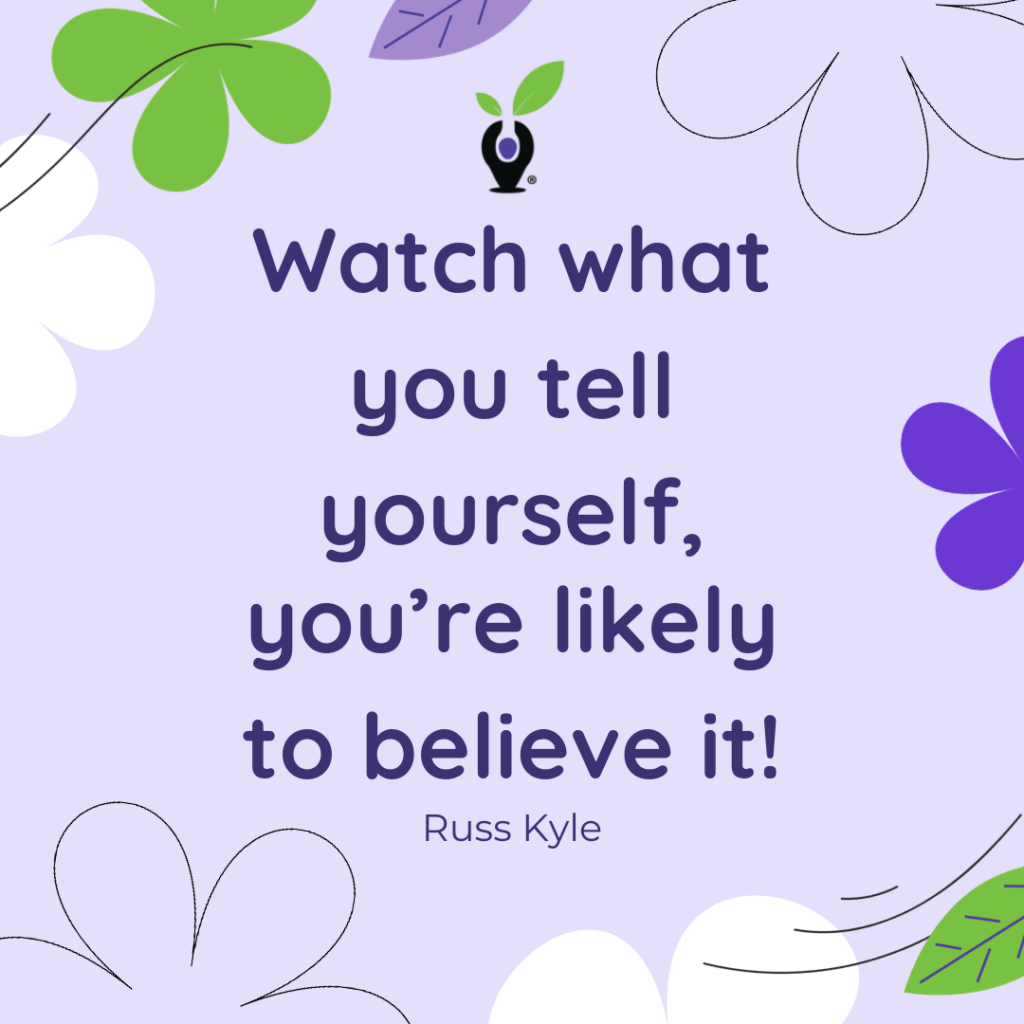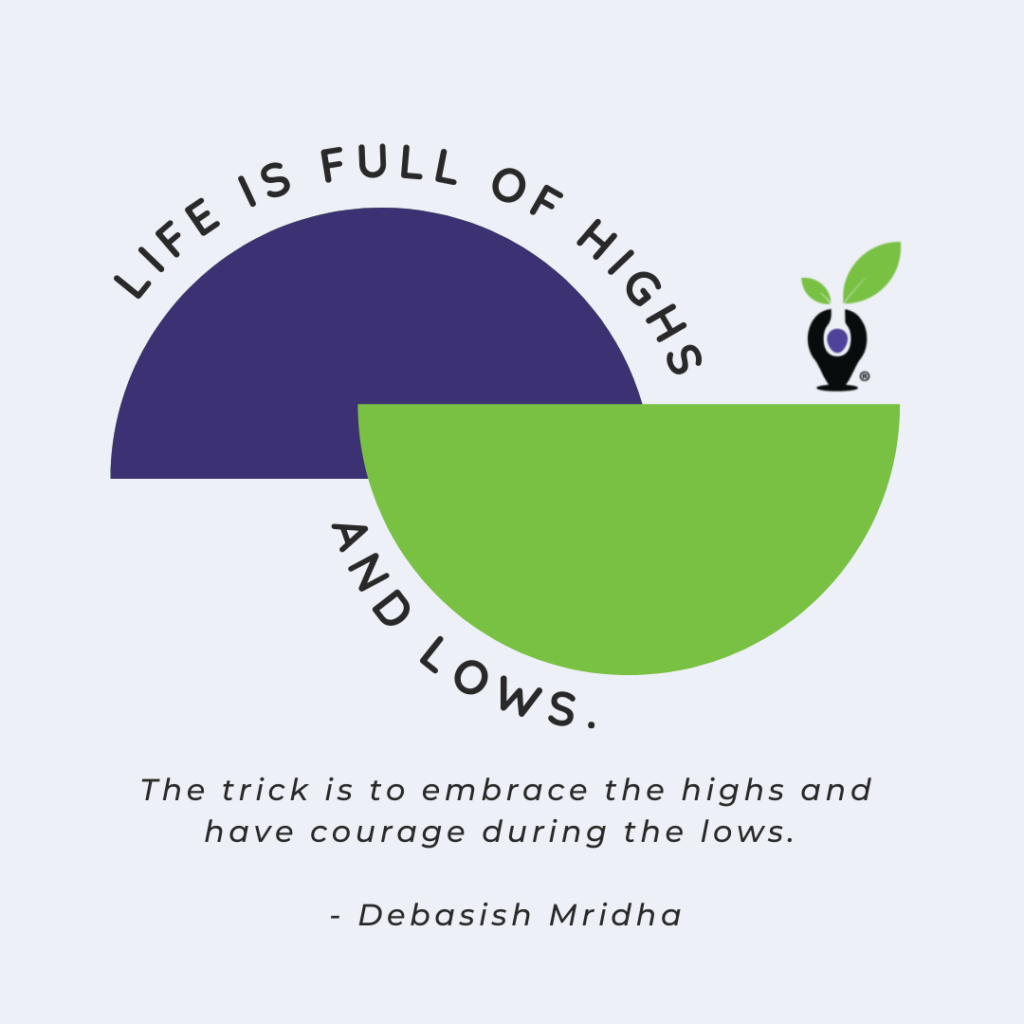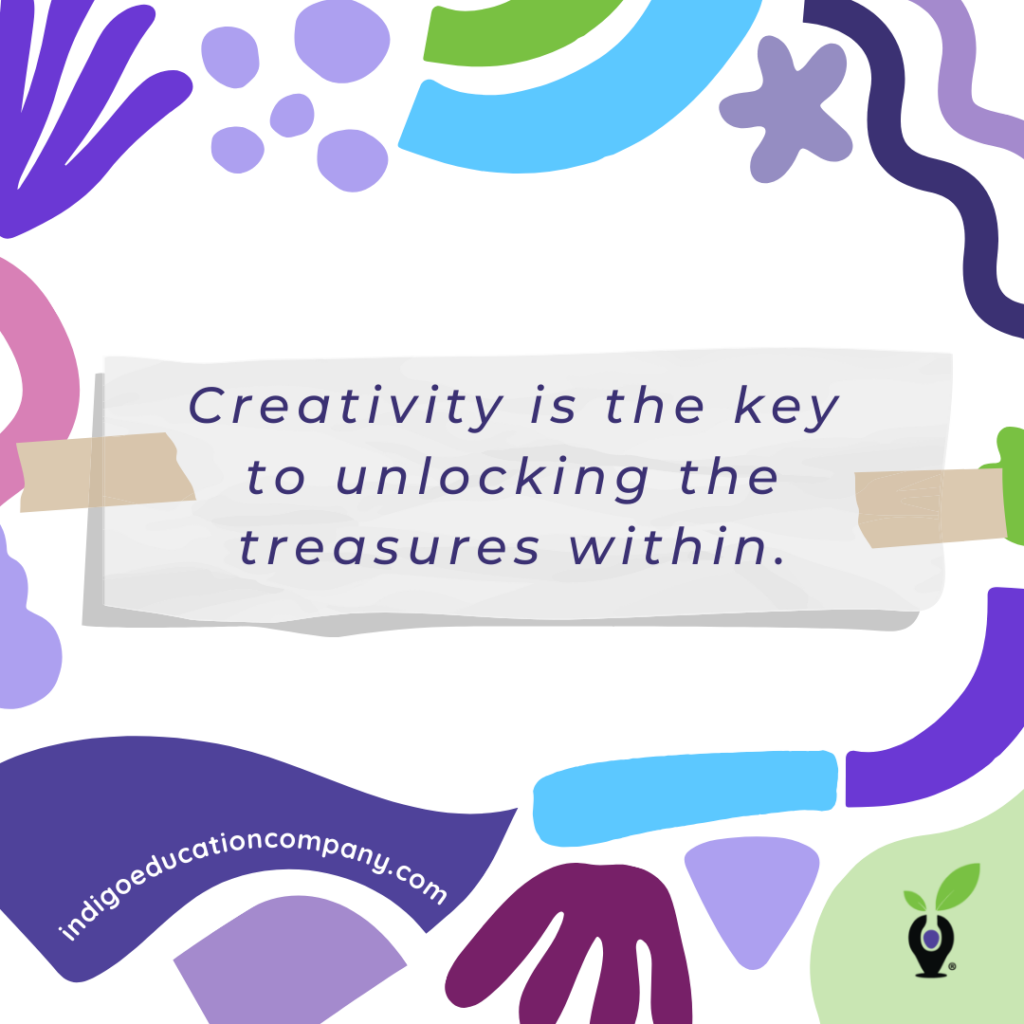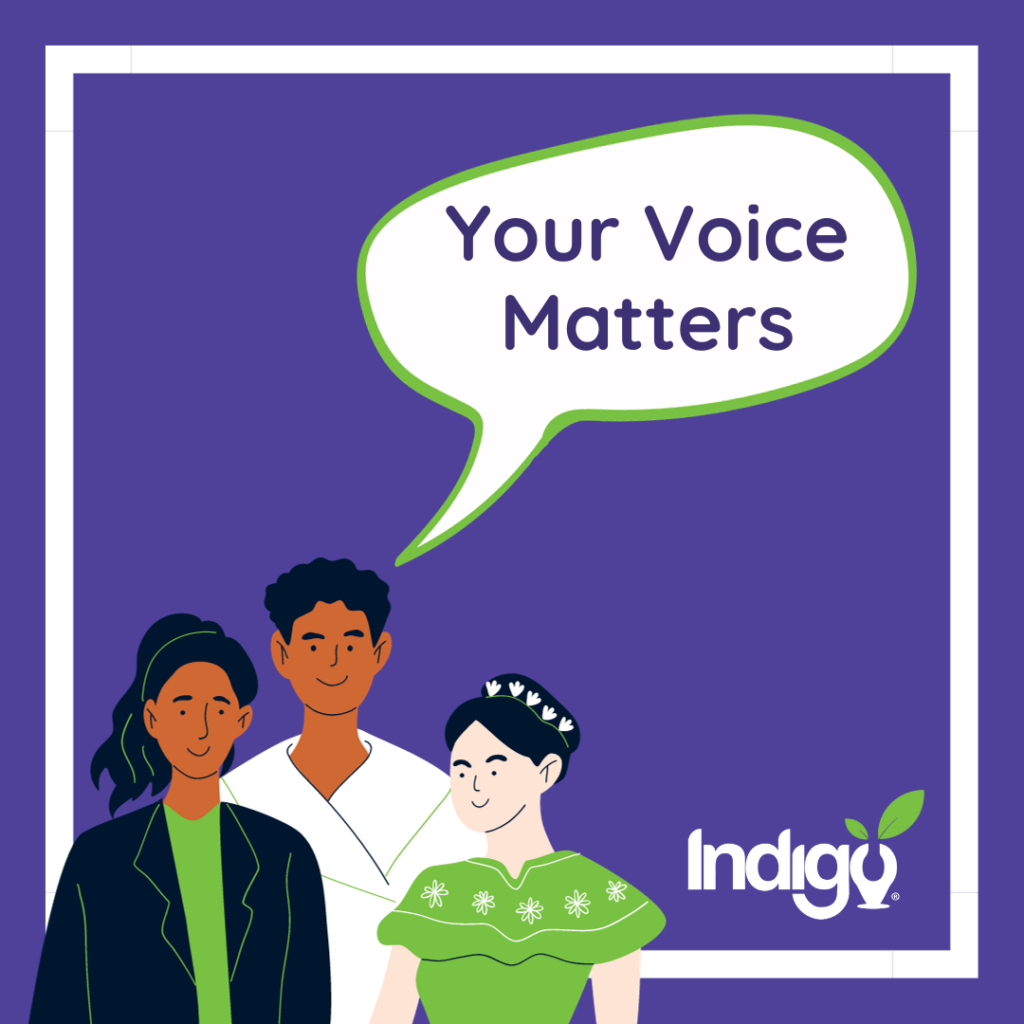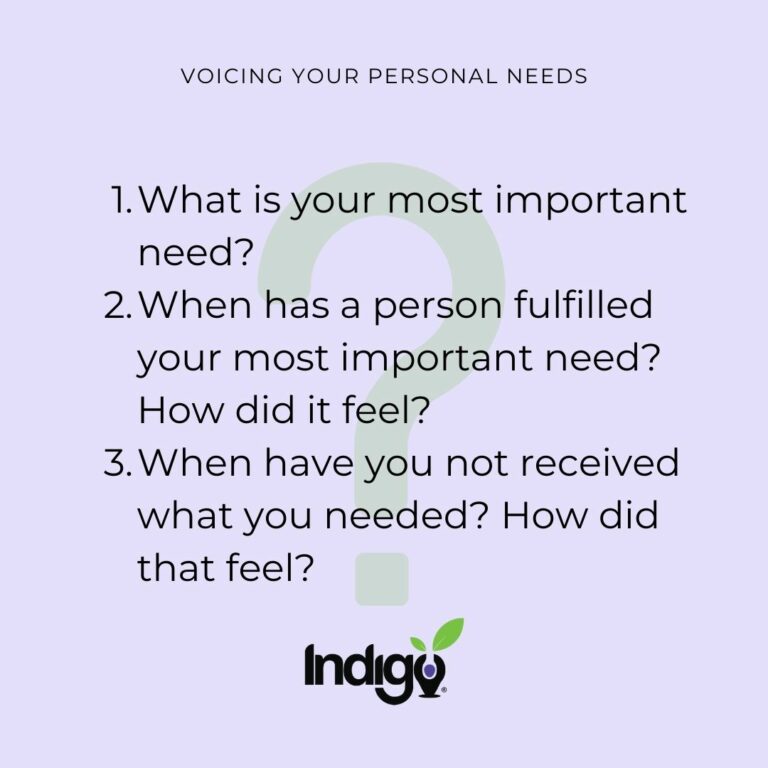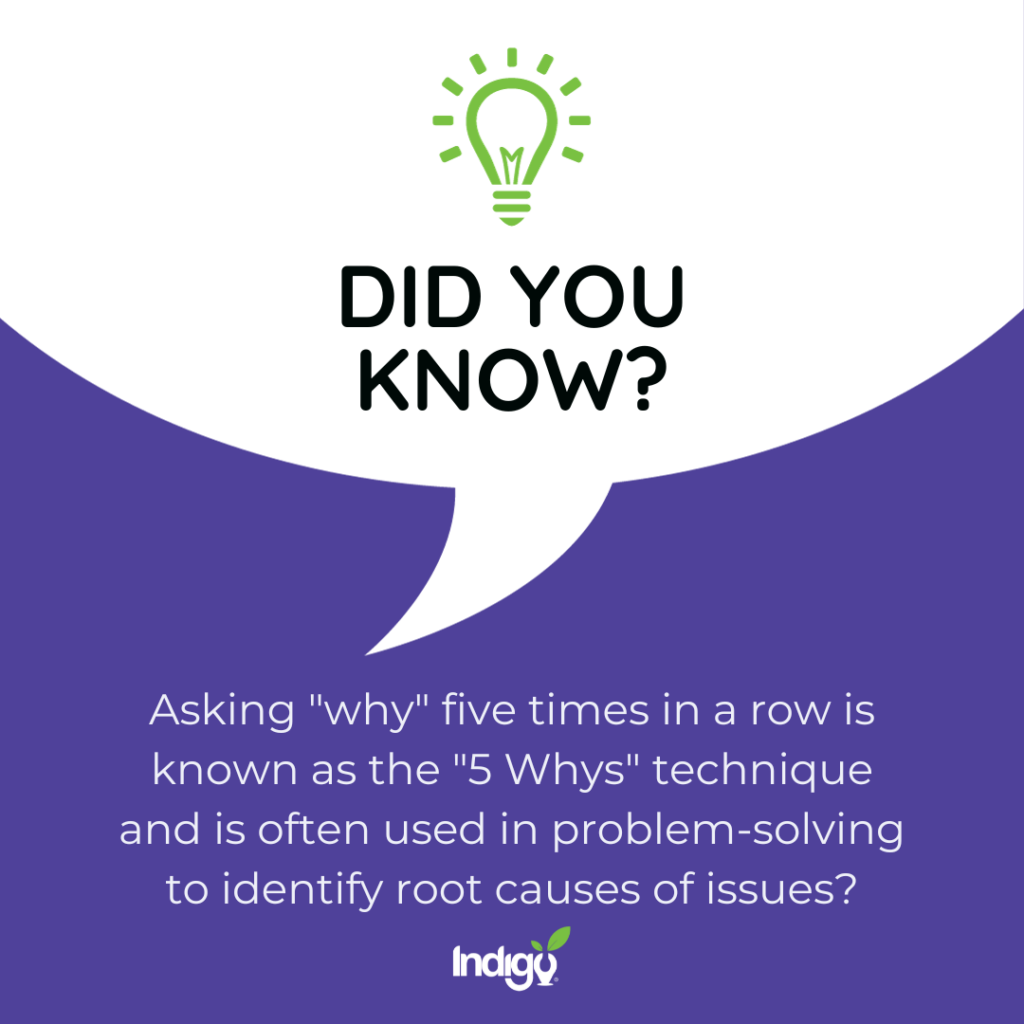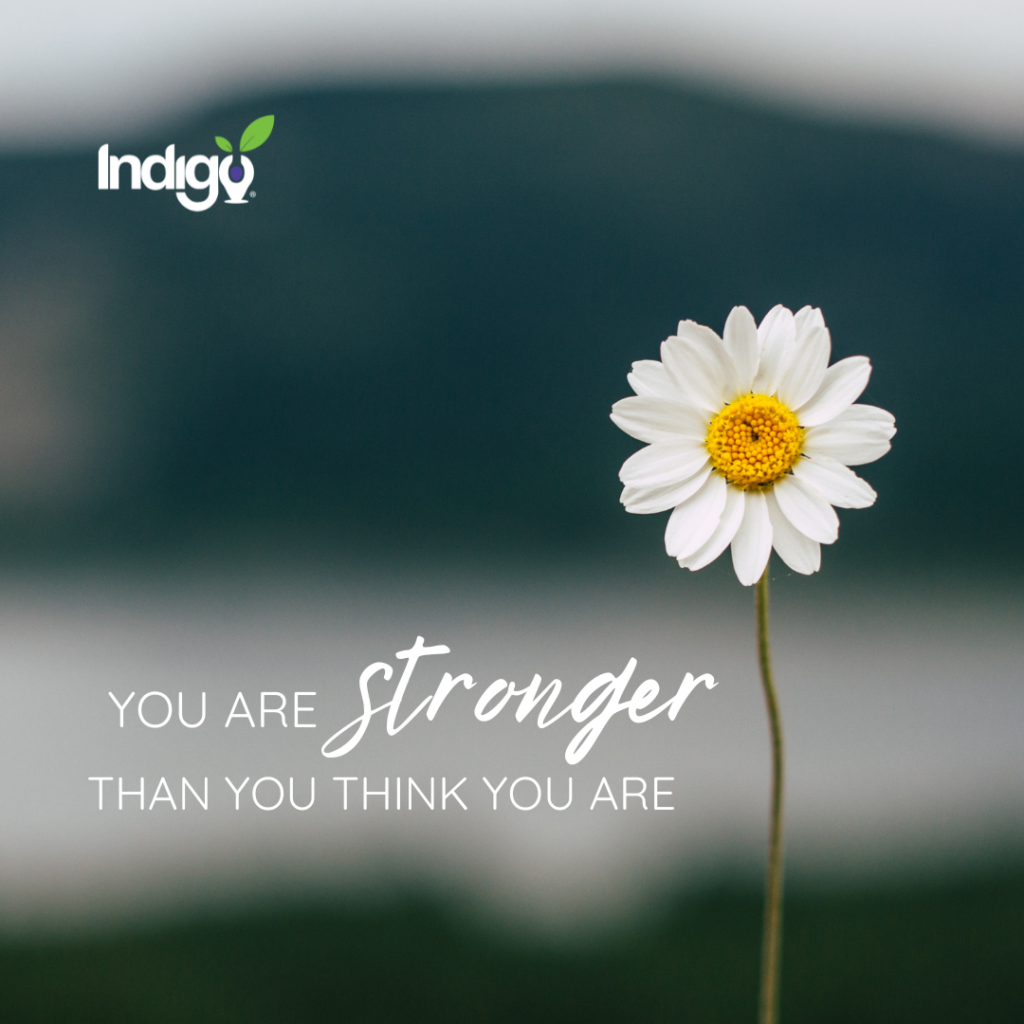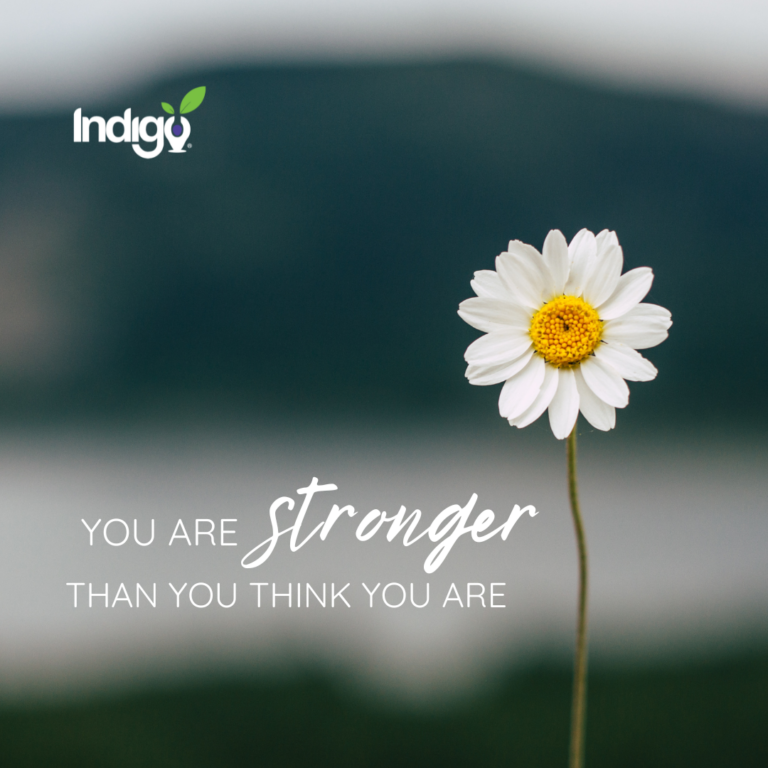Activity: Embracing the Glimmers of Life
Discover a game-changer for your mindset: the power of “glimmers.” Unlike triggers, these are tiny moments that bring joy, peace, and gratitude. Train your brain to spot these glimmer micro-moments, and watch as they multiply in your daily life.
For many of us, the holidays are a very tough time. Before you head out for the winter break, consider sharing this with your students and those you serve.
The Goal
By cultivating awareness of these positive moments, this activity will help foster resilience and well-being, especially during challenging times in life.
RAMP (ASCA) Mindset & Behaviors addressed and developed:
Social/Emotional: Positive attitude, coping skills, resilience
Materials
- Pencil and Paper
- Journal Book
Guided Questions:
Engage in student learning reflections by posing open-ended questions. Feel free to guide the conversation in any direction you see fit.
- What is a glimmer you have experienced today?
- How can you recognize and acknowledge the glimmers in your life on a regular basis?
- Ask your students to keep a journal over the break with the glimmers they experience.
Instructions:
- Reflect Daily: Take a moment each day to reflect on and identify a “glimmer”—a small moment that brings joy, happiness, peace, or gratitude.
- Self-Expression: Consider how you can express or acknowledge these glimmers. It could be through a mental note, a few written words, or any other form of self-expression.
- Glimmer Journal: Keep a journal dedicated to recording these moments during the winter break. Capture the essence of each glimmer, no matter how small or fleeting.
- Sharing Experience: In January, come together and share some of the glimmers from your journal. This could be done through a discussion, a written reflection, or any creative method you prefer.
- Positive Awareness: Encourage a mindset shift towards noticing and appreciating the positive aspects of each day. Through this practice, participants can enhance their well-being and resilience.
Make sure you also ask yourself the same questions.
Share Your Glimmer of the Day with Us!
Activity: Embracing the Glimmers of Life Read More »



